
New Coastal Excavations at Perinthos Reveal Signs of Shell Processing on the Marmara Shore
Archaeologists working along the northern shores of the Sea of Marmara have uncovered compelling clues to a little-known aspect of daily life in ancient Perinthos. Recent excavations at Mola Burnu—one of the least explored corners of the ancient city—have brought to light a dense concentration of pierced mussel shells, carefully carved bone hairpins, and multiperiod stone tools. The discoveries suggest that this prominent headland may have hosted a specialized activity zone, possibly linked to shell processing or decorative craft production.
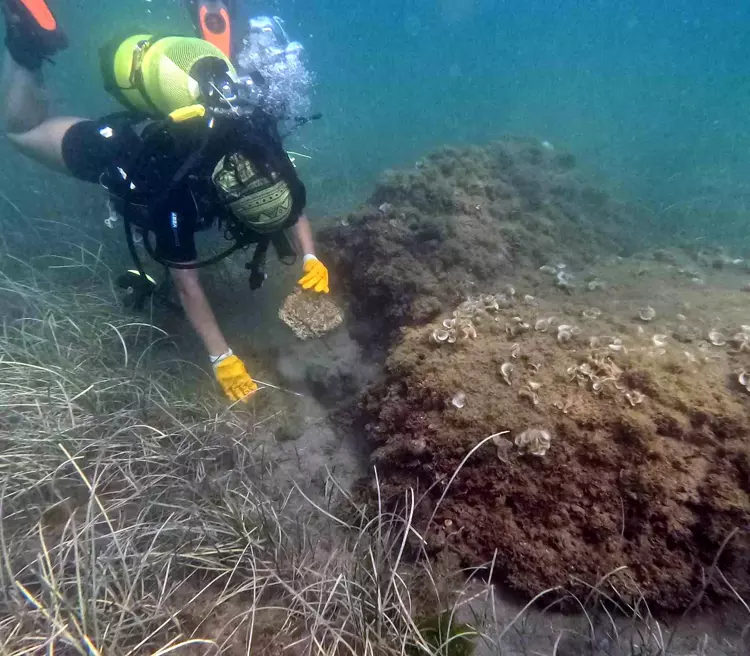
An Overlooked Promontory Becomes a Key Excavation Area
Perinthos, one of Thrace’s most important coastal cities, has been the focus of an extended archaeological campaign since 2021. While most recent seasons concentrated on the monumental theater and upper terraces, Mola Burnu was opened only tentatively last year. The decision to expand the trench in 2025 proved decisive.
According to Prof. Dr. Zeynep Koçel Erdem, who directs the project on behalf of Mimar Sinan Fine Arts University, the soil layers yielded an unexpectedly large volume of mussel shells. What distinguished them was the presence of meticulously drilled perforations, too uniform to be accidental. This level of precision indicates intentional extraction—possibly of mother-of-pearl—or preparation of shells for ornamentation or industrial use.

The same trench also produced a remarkable assemblage of ivory and bone hairpins, unusually abundant for a single locus, as well as stone tools that appear to have been reused across multiple eras, from prehistoric occupations to late Roman or early Byzantine phases.
📣 Our WhatsApp channel is now LIVE! Stay up-to-date with the latest news and updates, just click here to follow us on WhatsApp and never miss a thing!!
Underwater Investigations Strengthen the Harbor Hypothesis
Parallel to the terrestrial work, underwater archaeologists continued surveying the eastern harbor of Perinthos. A partially submerged wall documented in 2024 was examined through systematic dives this season, revealing construction features consistent with maritime infrastructure. Although its precise function remains uncertain, the structure could be part of a harbor installation or a shoreline industrial area that once supported activities similar to those now emerging at Mola Burnu.
Because the eastern harbor zone had never been formally investigated, it is fast becoming one of the most promising areas for future research.
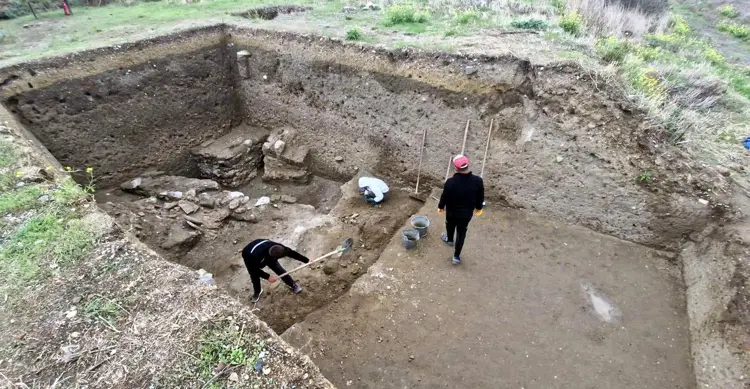
The Theater Continues to Yield Structural Surprises
Meanwhile, excavations at Perinthos’ colossal theater continue to reshape scholarly understanding of the site’s architectural history. Buried beneath approximately six meters of accumulated fill, the structure preserves evidence of several distinct building phases. Near the stage building, archaeologists exposed large block constructions believed to belong to an earlier, previously undocumented architectural program.
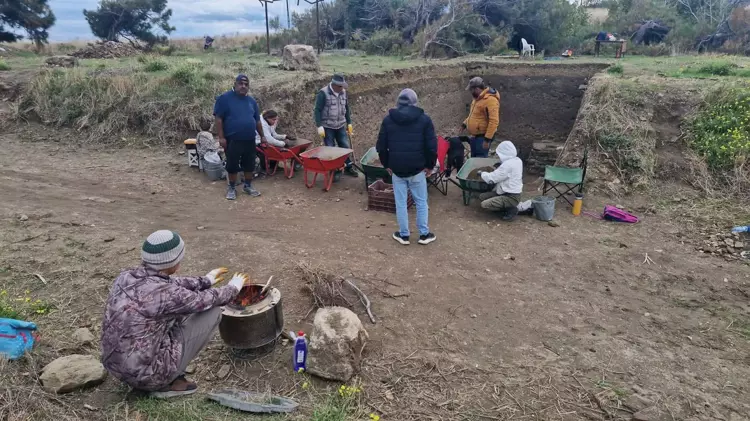
Toward the area known locally as Kavala, additional sondages revealed seating blocks scattered at various angles. Several bear mason’s marks or personal inscriptions, offering rare insight into the organization of labor and seating customs within the ancient theater.
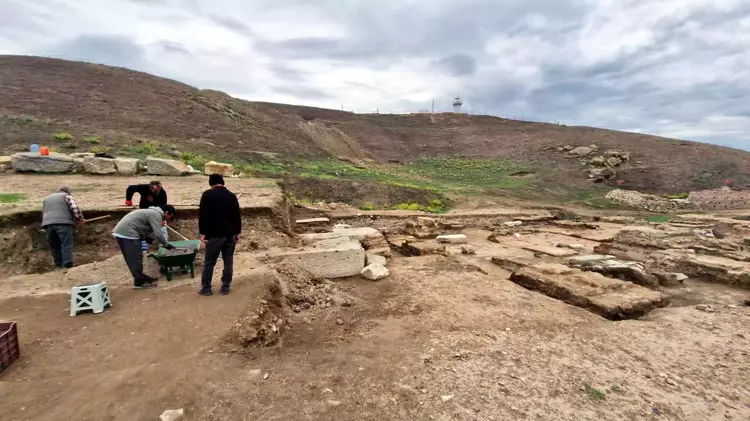
Expanding Research Toward the Western Necropolis
Beyond the monumental core, the project is also widening its investigations of the Late Antique necropolis to the west. In partnership with specialists from Hacettepe University, osteological studies continue to refine the demographic and cultural profile of the burial ground. With stable weather and strong institutional support, the excavation season is expected to run until the end of December.
You may also like
- A 1700-year-old statue of Pan unearthed during the excavations at Polyeuktos in İstanbul
- The granary was found in the ancient city of Sebaste, founded by the first Roman emperor Augustus
- Donalar Kale Kapı Rock Tomb or Donalar Rock Tomb
- Theater emerges as works continue in ancient city of Perinthos
- Urartian King Argishti’s bronze shield revealed the name of an unknown country
- The religious center of Lycia, the ancient city of Letoon
- Who were the Luwians?
- A new study brings a fresh perspective on the Anatolian origin of the Indo-European languages
- Perhaps the oldest thermal treatment center in the world, which has been in continuous use for 2000 years -Basilica Therma Roman Bath or King’s Daughter-
- The largest synagogue of the ancient world, located in the ancient city of Sardis, is being restored



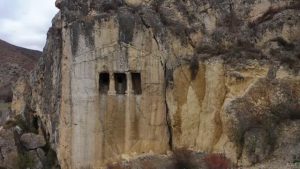

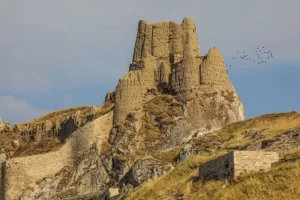
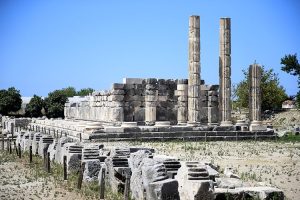



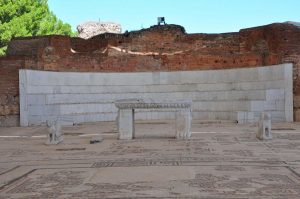
Leave a Reply